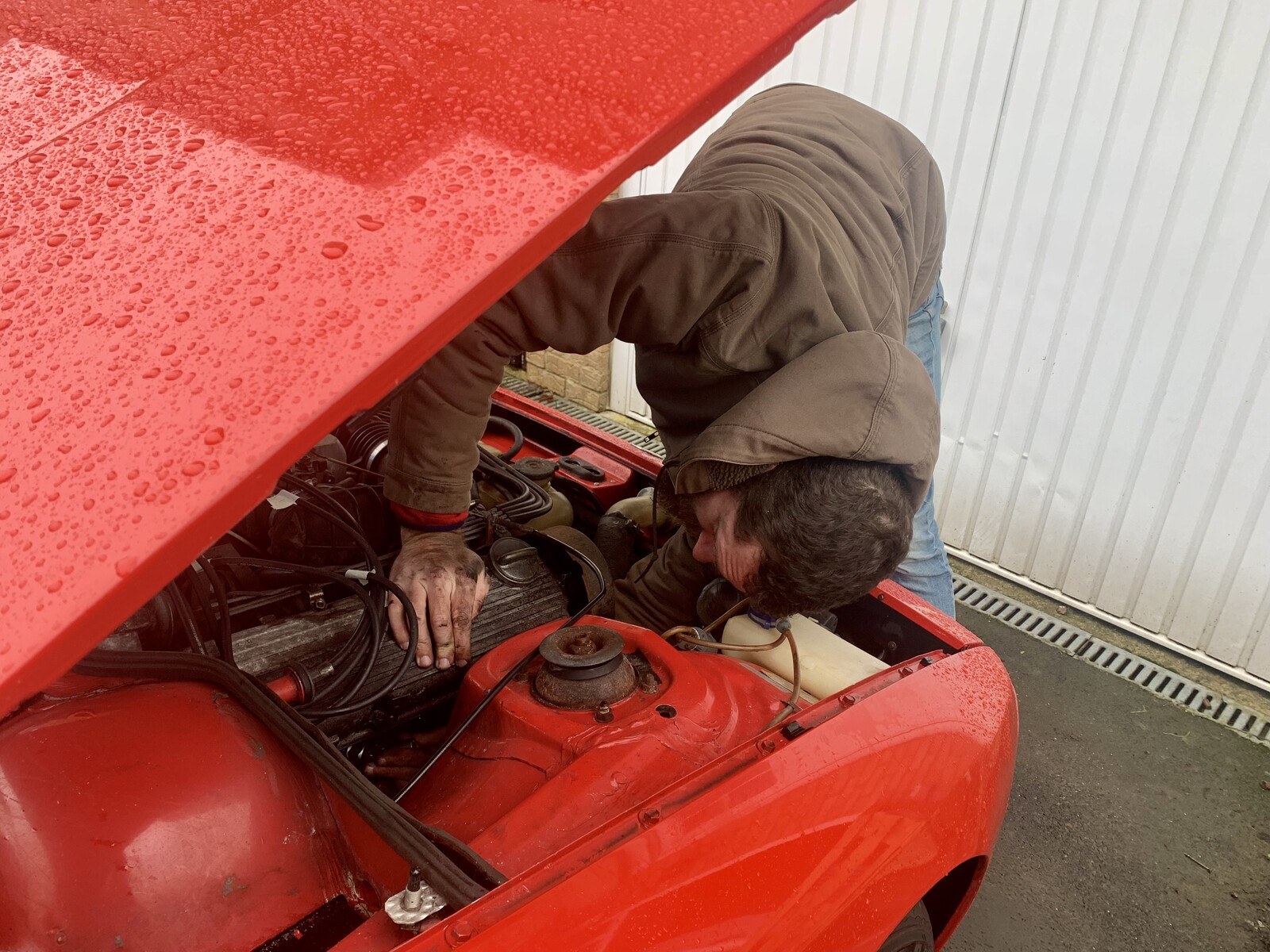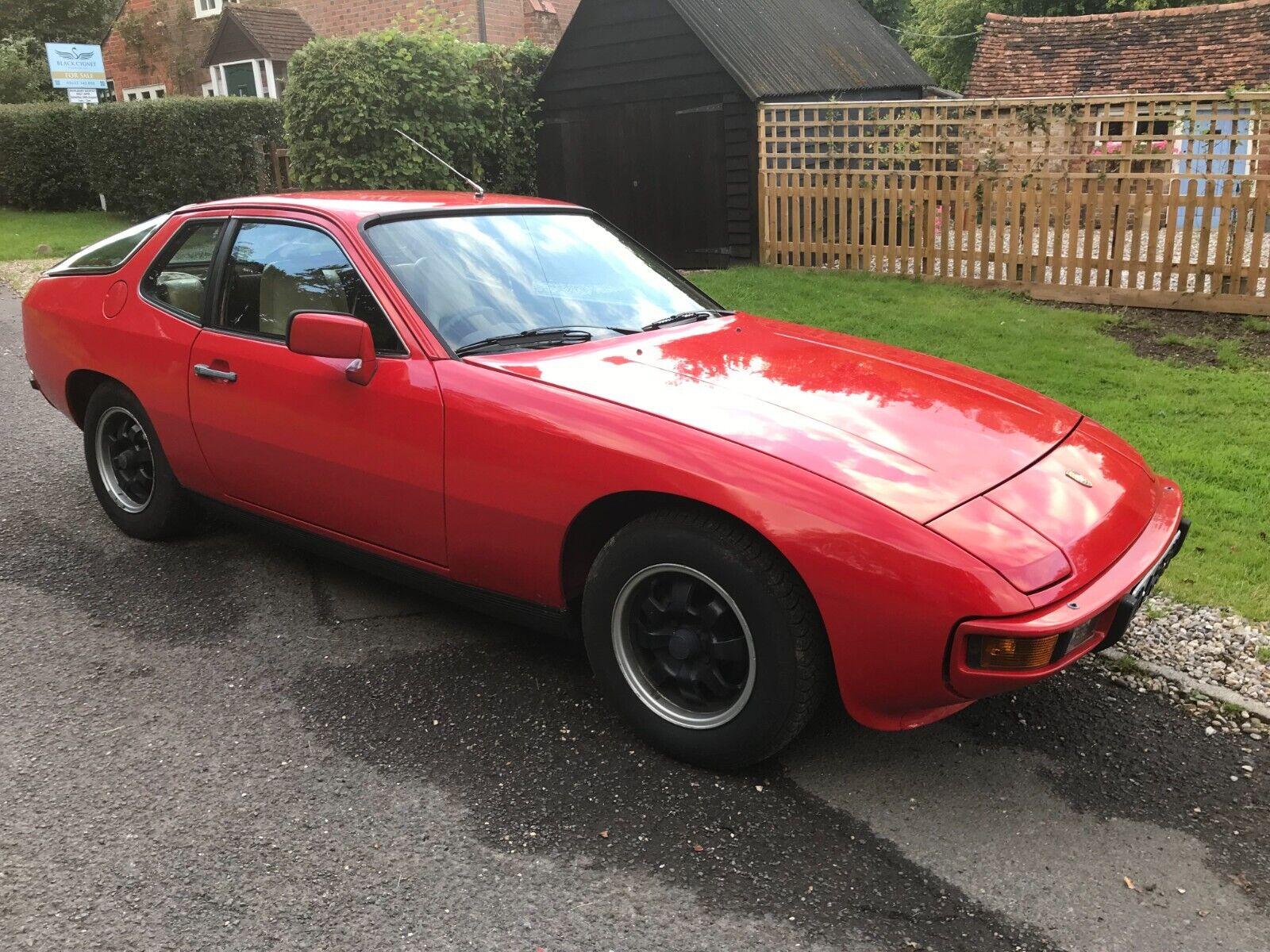Dailying the Porsche
The Fabia has been in the shop for the better part of a week now, cycling through a series of minutely different ABS modules that have, it turns out, been preventing the nearside front brakes from engaging at all, which explains the extremely disconcerting rightward pull we'd noticed under heavy braking.
The result being that Sam and I have been dailying the Porsche 924 since getting it back from a timing belt + water pump replacement earlier this week. A dying battery left us briefly stranded at Morrisons in Hartlepool, but we carry one of those little booster packs to limp us over to Halfords for a new battery. I'm cautiously optimistic about its reliability.
As a daily driver, it's surprisingly practical: comfortable, warm, and with plenty of space for e.g. tile adhesive in the boot. The rear seats are not accommodating to a dog, however, so we're looking forward to getting the Fabia back. (Although I am also scoping out available Volvo 240s; the old beast I owned briefly in Florida never had any trouble getting started, and could haul like a pickup.)


